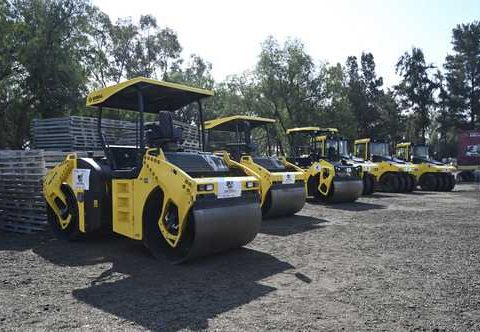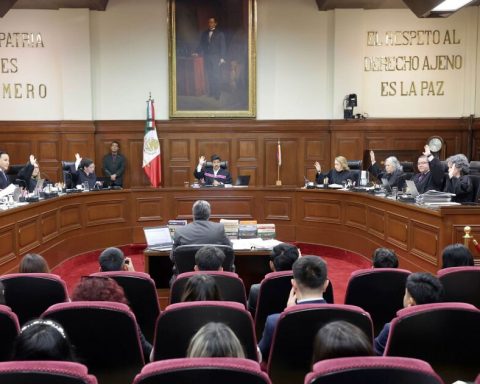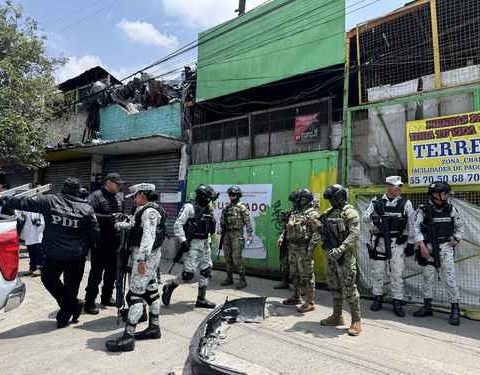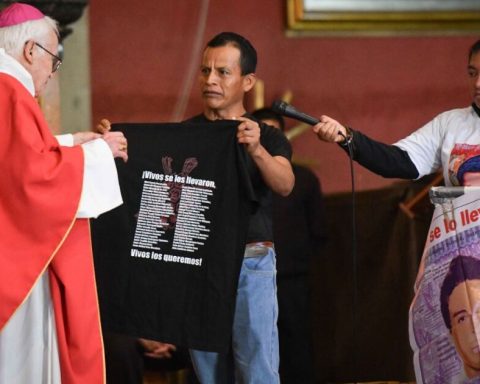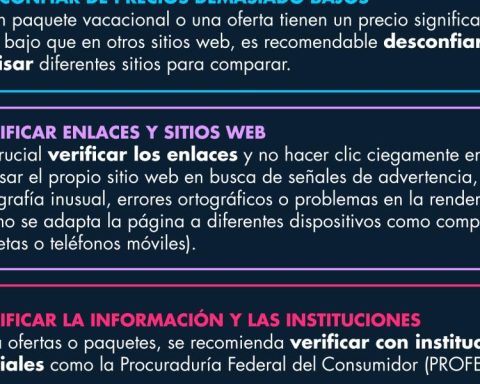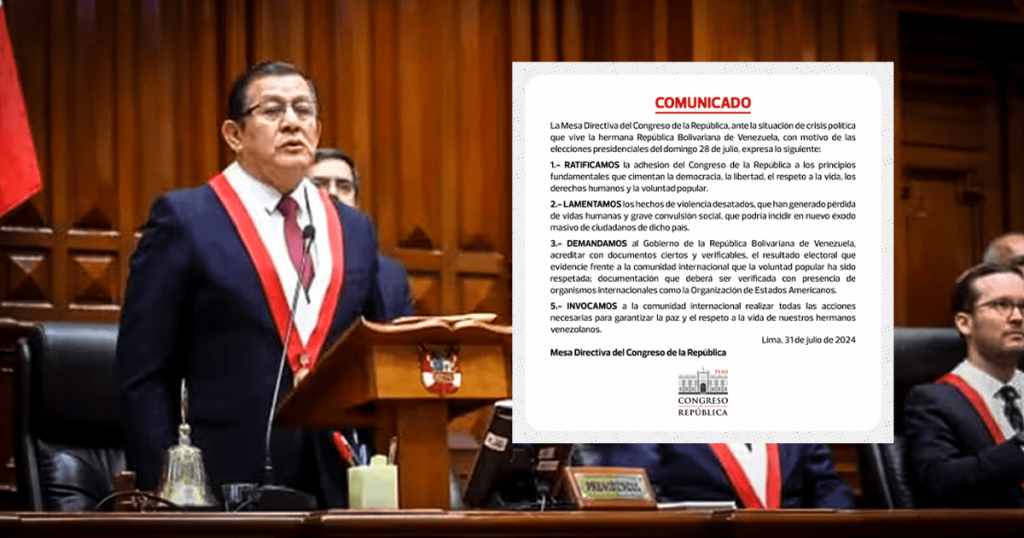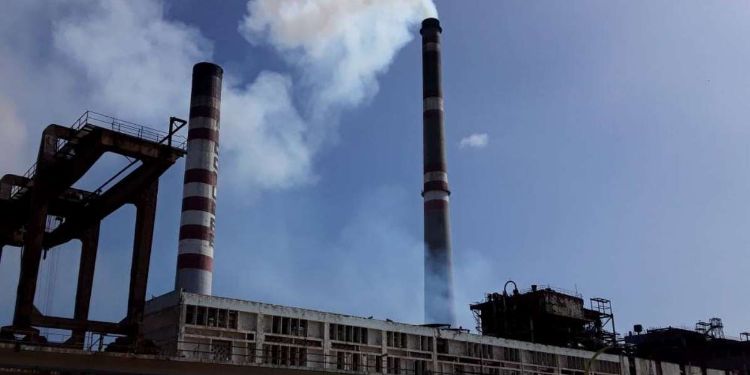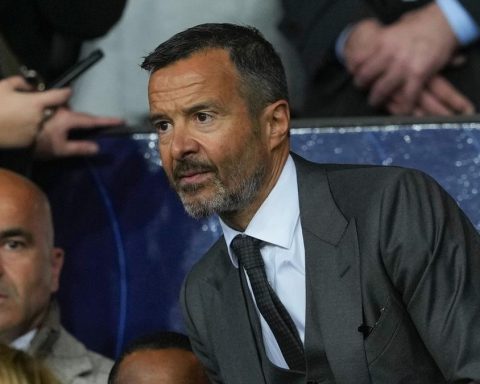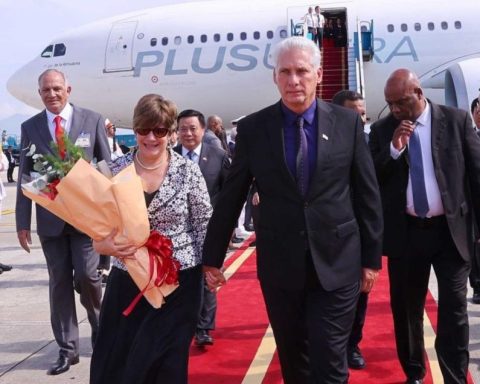Laura Poy Solano
The newspaper La Jornada
Wednesday, July 31, 2024, p. 13
In Mexico, 66.4 percent of indigenous primary schools, 60.5 percent of secondary schools and 54.2 percent of high school campuses lack at least one of the basic services, such as electricity, water, sinks and toilets, reveals the report. The right to education of the indigenous population of Mexicoprepared by the National Commission for the Continuous Improvement of Education (Mejoredu).
The document highlights that there are also shortages of equipment, while educational materials for people with disabilities is practically non-existent
as well as Internet access, since only 5.9 percent of primary schools are connected to the Internet, 11.3 percent of secondary schools and 26.3 percent of high school levels.
In the case of computers for educational use, Mejoredu points out, The difference in the percentage of schools that reported having this equipment and were found in municipalities classified as indigenous is notable: 32.8 percent in primary schools, 49.6 in secondary schools and 61.3 in high school.
In contrast, in schools with a smaller native population, access to these supplies is much higher: 52 percent in primary schools; 71.8 in secondary schools and 68.7 in high schools.
The analysis of the main challenges faced by the indigenous population in accessing education includes the adequate training of their teachers. It highlights that in primary schools, at least 33.4 percent of teachers do not have a professional degree, and the same occurs in 34.5 percent of preschool teachers.
Furthermore, there is still no guarantee that teachers assigned to these communities know the language of their students. The data reveal that currently in municipalities classified as indigenous, 10.2 percent of preschools and 12.5 percent of primary schools do not have teachers who speak their language.
.
The report indicates that in the 2020-2021 cycle, enrollment in basic education rose to 24.5 million students. Of these, 9.3 percent (2.2 million) were located in municipalities where the native population is greater than 40 percent. In addition, these municipalities concentrated 6.4 percent of the 4 million 861 thousand young people who made up the national enrollment in upper secondary education at the beginning of the 2021-2022 cycle.
He added that at the different educational levels and subsystems, 1,301,121 girls, boys and young people reported speaking a native language, that is, 5.3 percent of the primary education enrollment, while in high school, at least 147,718 young people reported being speakers of a mother tongue.
